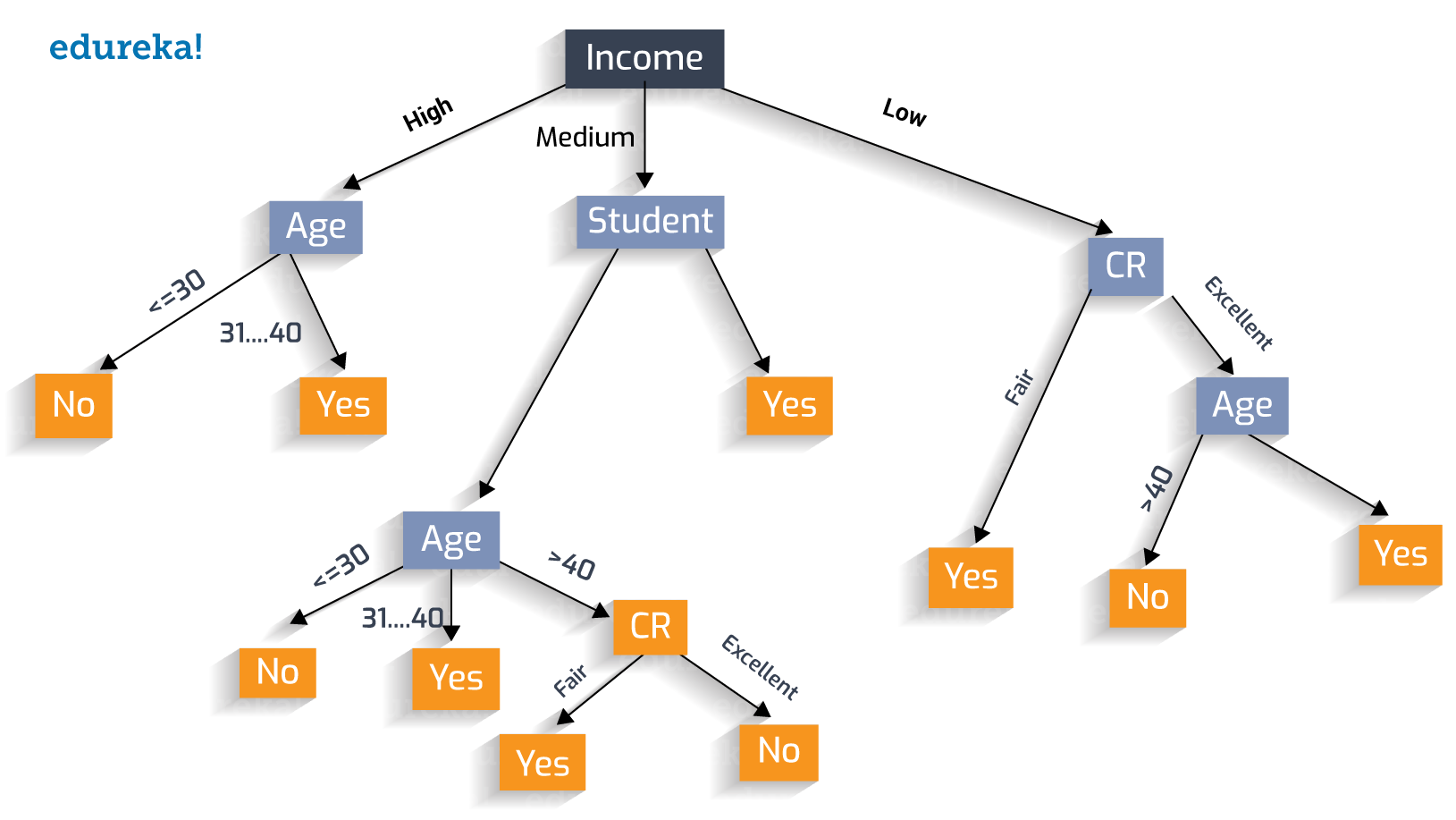Decision Trees With Example - When it comes to making decisions, sometimes we need a bit of help. And what better way to get that help than from a Decision Tree? A Decision Tree is a graphical representation of all possible decision paths and their outcomes. It's a great tool to use when making complex decisions that involve many different factors. In this post, we will delve into the world of Decision Trees, take a look at some examples, and provide you with tips on how to create one yourself.
What is a Decision Tree?
A Decision Tree is a graph that presents all possible outcomes and their probabilities when making a decision. Each branch of the tree represents a possible option, and each leaf node represents a final outcome. Decision Trees are commonly used in finance, healthcare, marketing, and many other industries where complex decision-making is required.
How to Create a Decision Tree
Creating a Decision Tree involves several steps:
- Identify the problem: What is the problem you are trying to solve?
- Identify the alternatives: What options do you have to solve the problem?
- Identify the consequences: What are the possible outcomes of each option?
- Evaluate the outcomes: What is the likelihood and impact of each outcome?
- Choose the best option: Based on the above factors, which option is the best to choose?
Once you have completed these steps, you can create the Decision Tree. The tree should start with the problem at the top and move downwards, with each branch representing a different option. The leaf nodes will represent the final outcome of each option.
Examples of Decision Trees
Let's take a look at some examples of Decision Trees.
Example 1: Should I Buy a Car?
If you are trying to decide whether or not to buy a car, here is a Decision Tree that might help:

Starting at the top of the tree, the first question is whether or not you need a car. If the answer is no, then you do not need to buy a car. If the answer is yes, then the next question is whether or not you can afford a car. If you cannot afford a car, then you cannot buy one. If you can afford a car, then you can move on to the next set of questions regarding whether or not it is necessary and practical to buy a car.
Example 2: Should I go to College?
If you are trying to decide whether or not to go to college, here is a Decision Tree that might help:

Starting at the top of the tree, the first question is whether or not you have the desire to go to college. If the answer is no, then college is not for you. If the answer is yes, then the next question is whether or not you have the means to attend college. If you do not have the means, then you cannot attend college. If you do have the means, then you can move on to the next set of questions regarding the benefits and drawbacks of attending college.
Tips for Creating a Decision Tree
Here are some tips for creating a Decision Tree:
- Start with a clear problem statement at the top of the tree
- Include all possible options in the decision-making process
- Use concise and clear language for the labels and descriptions
- Use graphic design elements to make the tree easy to read and understand
- Make sure the Decision Tree includes all possible outcomes and their probabilities
- Use data to back up the probabilities and outcomes whenever possible
Ideas for Using Decision Trees
Now that you know how to create a Decision Tree, here are some ideas for using them:
- Deciding whether or not to invest in a new product line
- Determining which marketing strategy will be the most effective
- Choosing which vendor to use for a project
- Deciding whether or not to expand into a new market
- Identifying the root cause of a problem
- Choosing which job offer to accept
Conclusion
Decision Trees are a powerful tool that can help you make complex decisions with ease. By following the steps outlined in this post and using the tips provided, you can create your own Decision Tree for any decision you need to make. So, the next time you have a big decision to make, consider creating a Decision Tree to help you through the process.
View more articles about Decision Trees With Example


